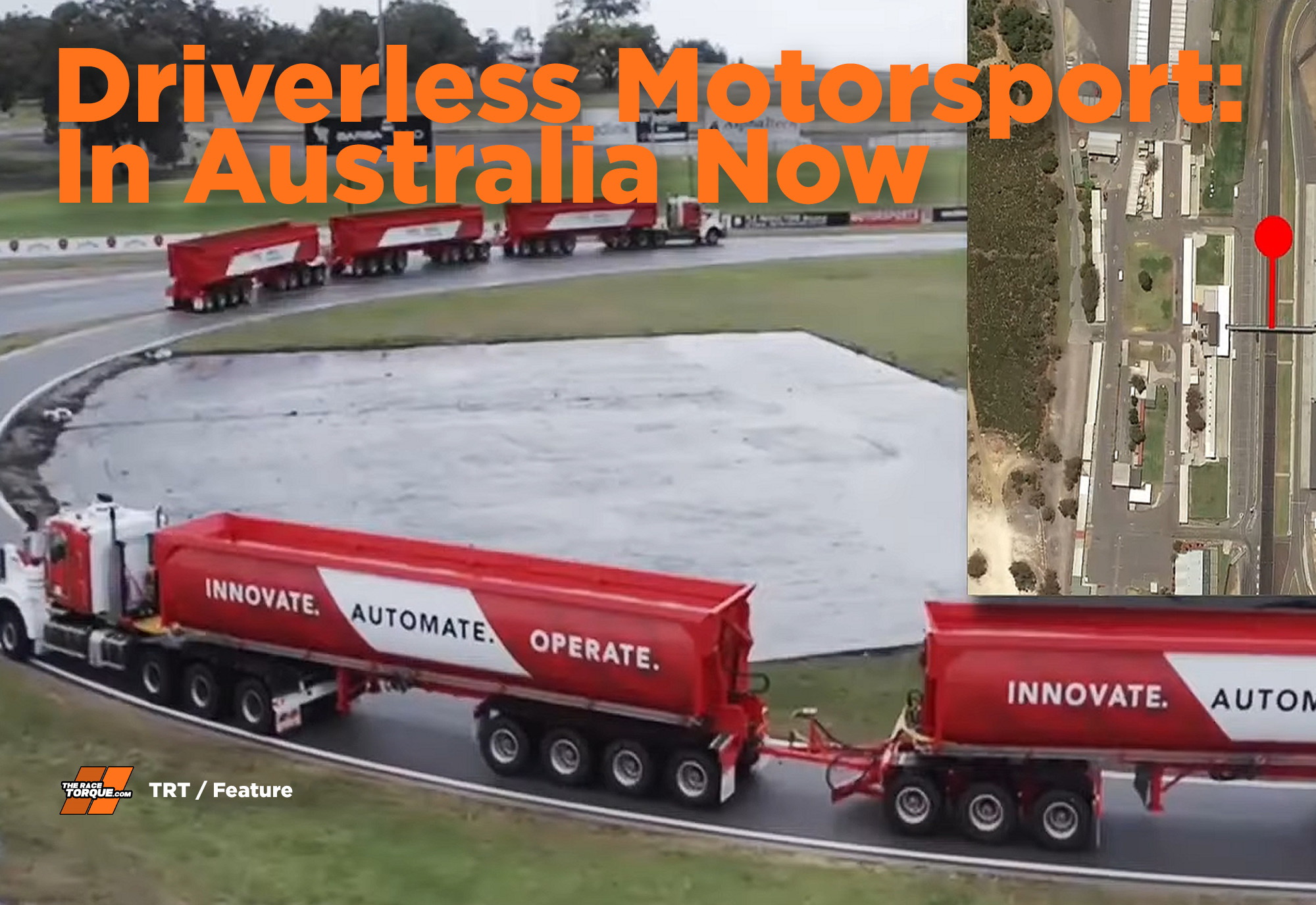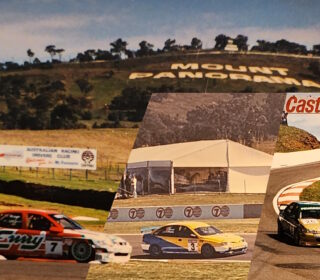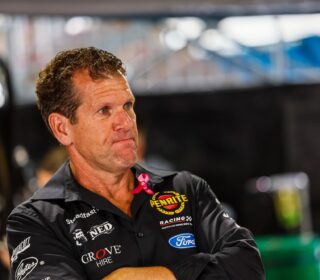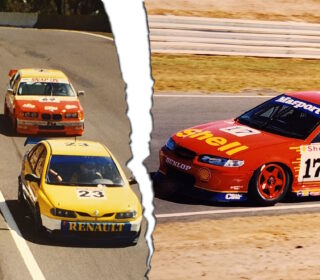Autonomous Motorsport: In Australia Now

From our first autonomous motorsport competition, to facilities being used to test driverless prototype road trains, whether it’s comfortable or not, the future has landed in Australia.
Coming to Winton Next Month
A mainstay of tertiary engineering programs since the year 2000, Formula SAE is set to showcase self-driving technologies for the very first time at its annual event at Winton Motor Raceway from February 10-13.
Once again drawing attention from across the region, autonomous vehicle entries have provisionally been received from Monash University, the University of Queensland, and the University of Technology Sydney.
With the cars designed and constructed by students, the expansion into autonomous vehicles follows the addition of electric drivetrain vehicles to the competition in recent years, complementing traditional internal combustion-engined entries.
Although the pandemic has caused the delay to the event’s running, while also limiting the availability of many overseas teams, each of the three classes has attracted attention, and overall the event has drawn significant corporate and automotive industry support.
Testing Times in the West
Meanwhile, a pair of Western Australian motorsport facilities were utilised in 2021 to help develop cutting edge autonomous driving technology for road trains, with the pioneering efforts set to have wide-ranging implications.
Developed in combination by Hexagon, a global leader in sensor, software and autonomous solutions, and Mineral Resources Limited, a trailblazer in mining services, the program saw the testing of fully autonomous road trains take place at both the Perth Motorplex and Wanneroo Raceway.
With research and development undertaken in Perth, the first trials were held at the Perth Motorplex, with a pair of prime movers connected with single trailers completing a circuit that started on the venue’s drag strip before looping around the return road, all under the watch of on-board “safety drivers”.
The next development phase took place 60km to the north at Wanneroo Raceway.
There, a pair of three-trailer road train configured trucks ran in convoy for laps around the Supercars’ spec circuit.
From that base, the trucks are now being tested in a pilot program at the Yilgarn Iron Ore mine, with the next stages of development to include the use of a remote operations centre, which will see one person in control of the platoon of trucks, with no physical driver at the helm of the actual convoy.
Ultimately, the technology will find a home at the Ashburton Hub Iron Ore Project, with a fleet of 425 tonne Gross Combination Mass (GCM), triple-trailer road trains operating across multiple convoys, with each road train convoy consisting of up to five prime mover trucks, with three trailers each, hauling the ore from the mine site to the Port of Ashburton.
This final product will see fully autonomous operations, including loading and dumping at designated points.
The advantages of the technology for the mining sector include lower operating costs (especially against a backdrop of an ever decreasing available talent pool of multi-combination truck drivers), improved safety with the minimisation of human involvement, improved fleet availability, increased productivity, and reduced fuel consumption, with the work carried out by the road trains to be set within strict performance boundaries.
While automatic processes and autonomous vehicles are becoming widely accepted in mining operations, this new road train technology has broad applications in bulk haulage and other off-road primary industries.
An Autonomous Future?
Quite how autonomous vehicles will impact motorsport in the coming decades is an interesting topic for debate.
Already, even the most basic road cars are typically packed with features that take control out of the hands of drivers; think adaptive cruise control, lane assist, and other active safety systems, such as automatic emergency braking, forward and rear collision warning and so on.
Elsewhere, a growing range of everyday passenger cars have capabilities that can be considered self-driving under a range of conditions.
In the motorsport realm, there have already been multiple driver-less competitions take place with varying levels of success.
Roborace may have made an inauspicious start, above, but has subsequently stung together a list of demonstrations, a successful run up the Goodwood Hillclimb in 2018, “missions”, and robot-human match races.
Along the way, Roborace set a world record driverless top speed of 282.42km/h.
This year will see the inaugural season of wheel to wheel competitive races for the class, with each team provided with spec hardware, but developing their own software and artificial intelligence technology.
Meanwhile, in North America, the Indy Autonomous Challenge (IAC) has kicked into gear, with its first round last year held as a time trial at the famed Indianapolis Motors Speedway.
This past weekend, the second round was held at Las Vegas Motor Speedway, with cars split up in pairs for match races on the high banked oval.
The Las Vegas event was held in conjunction with the CES, the largest annual gathering of the tech industry, with 2,300 companies showcasing the latest in digital health, food tech, NFTs, gaming, smart home and automotive to 40,000 patrons.
While Roborace runs with an electric drivetrain, the IAC machines are pure internal combustion, with the modified Indy Lights Dallara racers powered by 2,000cc turbocharged Honda engines that send 449hp to the rear wheels via a six-speed transmission, with race prep provided by Indycar squad Juncos Hollinger Racing.
Recently in December, the IAC package claimed a new benchmark autonomous top speed record from Roborace of 283.18km/h at the Yucca Proving Ground in the Arizona desert.
The event on the weekend saw cars top out at around 273km/h in race trim, with the final run-off curtailed when one of the cars spun itself out, above.
There are multiple other forms of autonomous motorsport worldwide, with many university programs following in similar lines to the Formula SAE Australia model.
While it is early days for the genre, the current utility of autonomous motorsport appears more to be a challenge of engineering minds, more so than an out and out threat on flesh and bones race drivers.
Now that you’ve reached this far into the story, hit us up on the socials @theracetorque with your take!














